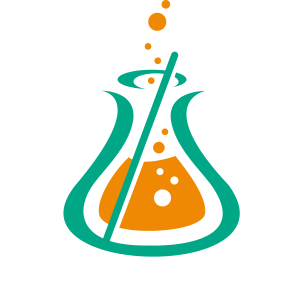New Methylene Blue N Stain, Aqueous
(use: Reticulocyte Count for Hematology.)
SOLUTION:
| 250 ml | 500 ml | 1 Liter | |
| New Methylene Blue N Stain, Aqueous | Part 1270A | Part 1270B | Part 1270C |
APPLICATION:
Newcomer Supply New Methylene Blue N Stain, Aqueous provides a staining technique for reticulum of immature erythrocytes. Immature erythrocytes (reticulocytes) contain RNA which is lost as cells age. When New Methylene Blue N Stain, Aqueous is used to supravitally stain viable erythrocytes the RNA in young cells is precipitated and stained deep blue. The stained RNA appear as blue granules which may be connected into a reticulo-filamentous pattern.
METHOD:
Solutions: All solutions are manufactured by Newcomer Supply, Inc.
STAINING PROCEDURE:
- Filter New Methylene Blue N Stain, Aqueous prior to use.
- Collect appropriate blood sample for reticulocyte count, per laboratory protocol. Proceed with staining procedure as soon as possible after blood draw.
- Pre-label microscopic slide(s) with appropriate patient identifiers.
- Mix five drops of New Methylene Blue N Stain, Aqueous with five drops of whole blood; mix gently with a pipette.
- See Procedure Notes #1, #2 and #3.
- Incubate mixture at room temperature for 10-15 minutes.
- See Procedure Note #4.
- Thoroughly remix stain/blood suspension after incubation.
- See Procedure Note #5.
- Prepare wedge smear(s) on pre-labeled microscopic slide(s) with the remixed stain/blood suspension.
- Allow slide(s) to thoroughly air-dry.
- Evaluate reticulocyte count under oil immersion.
RESULTS:
| Reticulocytes | Pale blue with dark blue granular/reticular material |
| Red cells | Pale blue or blue-green |
PROCEDURE NOTES:
- A small test tube, vial or centrifuge tube can be used for mixing purposes.
- Smaller or larger amounts of stain and blood can be mixed as long as volumes are of equal proportions.
- Separate pipettes should be used for each solution and step to avoid any possibility of sample contamination.
- Incubating longer than 15 minutes may increase the possibility that mature erythrocytes will also be darkly stained.
- Reticulocytes have lower density than mature erythrocytes and will be near the top during incubation. Remixing prior to preparing smears allows for equal cell distribution.
REFERENCES:
- Bauer, John D. Clinical Laboratory Methods. 9th ed. St. Louis: Mosby, 1982. 195-198.
- Lillie, R. D., and Harold Fullmer. Histopathologic Technic and Practical Histochemistry. 4th ed. New York: McGraw-Hill, 1976. 752-753.
- McPherson, Richard and Matthew Pincus. Henry’s Clinical Diagnosis and Management by Laboratory Methods. 22nd ed. Philadelphia: Elsevier Saunders, 2011. 514, 544.
- Modifications developed by Newcomer Supply Laboratory.



